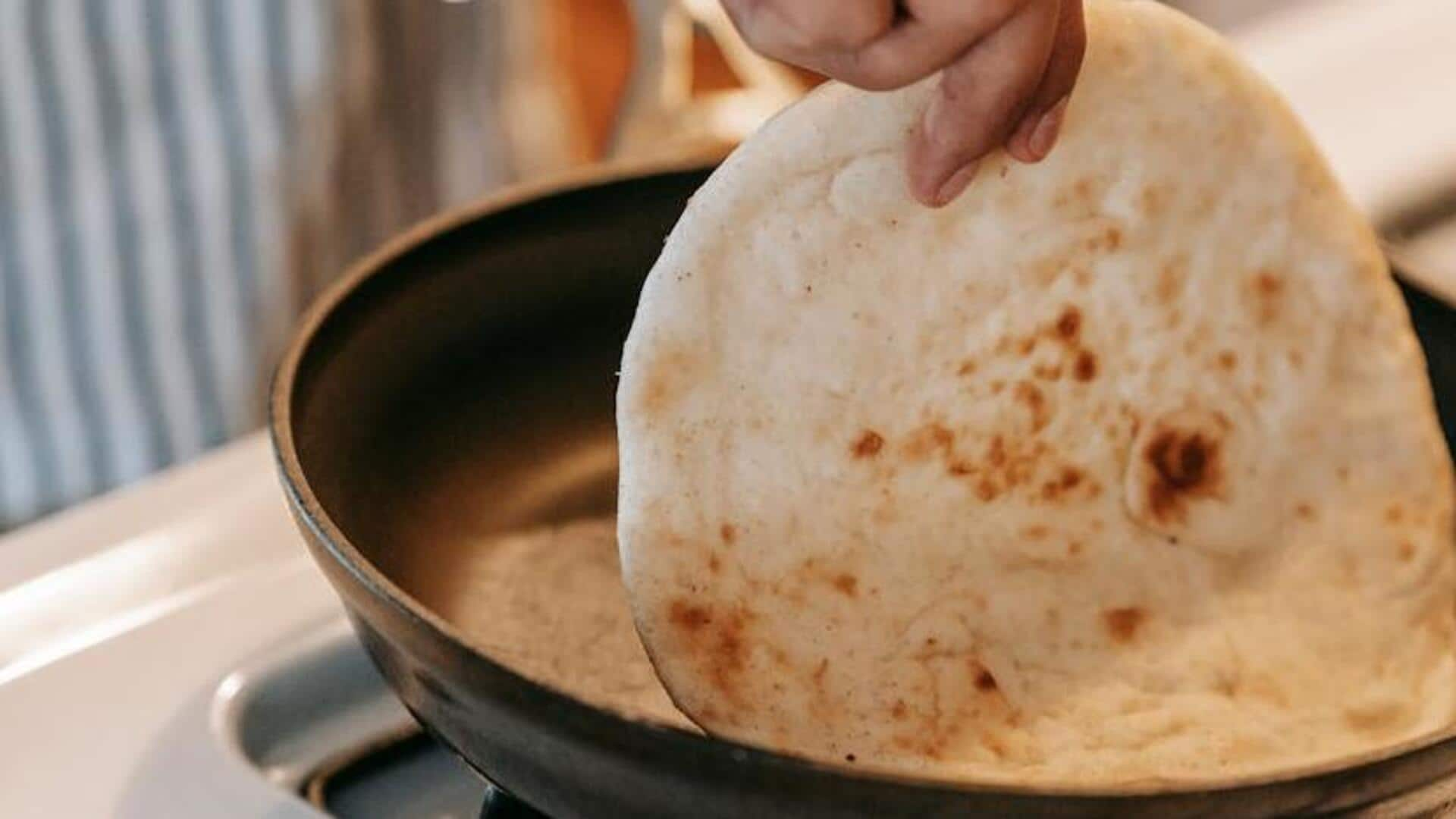
From India to the world: The fascinating journey of chapati
What's the story
Chapati, a household staple, has an interesting history that goes back thousands of years.
Hailing from the Indian subcontinent, this unleavened flatbread has been a staple diet because of its simplicity and versatility.
Made from whole wheat flour, water and salt, chapati is usually cooked on a flat skillet known as tava.
Its journey across the globe speaks volume of its adaptiveness and cultural importance in different cuisines.
Early history
Ancient roots of chapati
The earliest references of chapati can be traced back to the Indus Valley Civilization.
Archaeological evidence indicates that people during this time consumed similar flatbreads made from locally available grains.
The simplicity of ingredients and preparation methods made chapati an integral part of daily meals for ancient communities.
Asian influence
Chapati's spread across Asia
As trade routes expanded across Asia, the influence of chapati grew alongside.
It gained popularity in regions like Southeast Asia and the Middle East, where its ease of preparation and nutritional value were highly valued.
In these areas, chapatis were often served with local dishes, seamlessly integrating into new culinary traditions and becoming a beloved element of diverse food cultures.
African adaptation
Introduction to Africa
The chapati made its way to Africa with Indian migrants who settled there during colonial times.
It soon became a part of local cuisine in countries like Kenya and Tanzania.
African versions often include additional ingredients like spices or vegetables, displaying regional adaptations while retaining traditional elements.
Contemporary influence
Modern-day global presence
Chapatis have gone beyond their traditional roots to become a global phenomenon, loved in different forms around the world.
They are especially loved in Western diets where health-conscious people are looking for healthy alternatives to processed bread.
Restaurants around the world creatively adapt chapati, giving it international flavors, yet they hold a deep respect for its ancient origins.
This adaptability only highlights chapati's timeless appeal and its seamless integration into different culinary traditions.